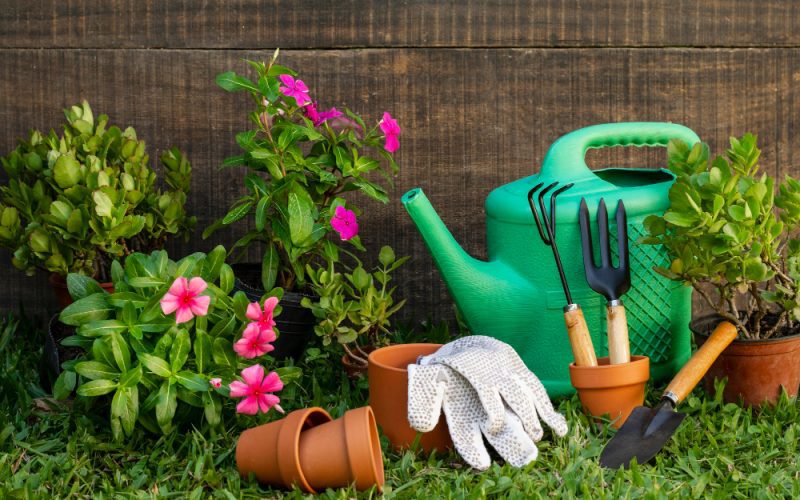Introduction:
A well-designed backyard can be a sanctuary, a place to relax and unwind, and a haven for nature. Whether you have a small urban space or a sprawling suburban yard, transforming it into a beautiful garden can bring joy and tranquility to your outdoor living. In this guide, we will explore the essential elements of garden design and provide practical tips to help you create a stunning backyard oasis.
1. Assessing Your Space:
Before diving into garden design, it’s crucial to assess your backyard space. Consider the size, shape, and existing features such as trees, fences, or structures. Take note of the sunlight patterns and any potential challenges like poor drainage or limited access. Understanding your space will help you make informed decisions during the design process.
2. Defining Your Style:
Every garden has a unique personality, and defining your style is an important step in the design process. Are you drawn to a formal, structured garden or a more relaxed, naturalistic one? Do you prefer vibrant colors or a soothing monochromatic palette? Research different garden styles and find inspiration from magazines, books, or online resources to help you determine your preferred aesthetic.
3. Creating Zones:
Dividing your backyard into functional zones can maximize its potential. Consider creating areas for dining, lounging, gardening, and play. Define these zones using hedges, trellises, or pathways to create a sense of structure and organization. Each zone should have a distinct purpose and be seamlessly integrated into the overall design.
4. Choosing Plants:
Selecting the right plants is crucial for a successful garden design. Consider factors such as climate, soil conditions, and maintenance requirements. Choose a mix of trees, shrubs, perennials, and annuals to create depth and interest throughout the seasons. Incorporate a variety of textures, colors, and heights to add visual appeal to your garden.
5. Incorporating Hardscape Elements:
Hardscape elements, such as patios, pathways, and water features, can add functionality and visual interest to your backyard. Choose materials that complement your garden style and consider how they will blend with the surrounding landscape. Hardscape elements should be carefully integrated into the design to create a harmonious balance between soft and hard elements.
6. Enhancing with Accessories:
Accessories can elevate the overall look of your garden and add a personal touch. Consider incorporating elements such as outdoor furniture, lighting, sculptures, or decorative pots. These accessories can enhance the ambiance and create focal points within your garden.
7. Maintaining Your Garden:
A well-designed garden requires regular maintenance to thrive. Develop a maintenance plan that includes watering, pruning, fertilizing, and pest control. Stay on top of weeds and monitor the health of your plants. Regular care will ensure that your garden remains beautiful and healthy throughout the year.
Conclusion:
Transforming your backyard into a stunning garden is an exciting endeavor that requires careful planning and consideration. By assessing your space, defining your style, creating functional zones, choosing the right plants, incorporating hardscape elements, enhancing with accessories, and maintaining your garden, you can create a backyard oasis that brings joy and tranquility to your outdoor living. Embrace your creativity, experiment with different design elements, and enjoy the process of transforming your backyard into a beautiful garden.












